Empowering Asset Owners and Operators to Maximize Performance
One solution for gigawatt-scale storage and solar portfolios with PowerTrack™ Asset Performance Management
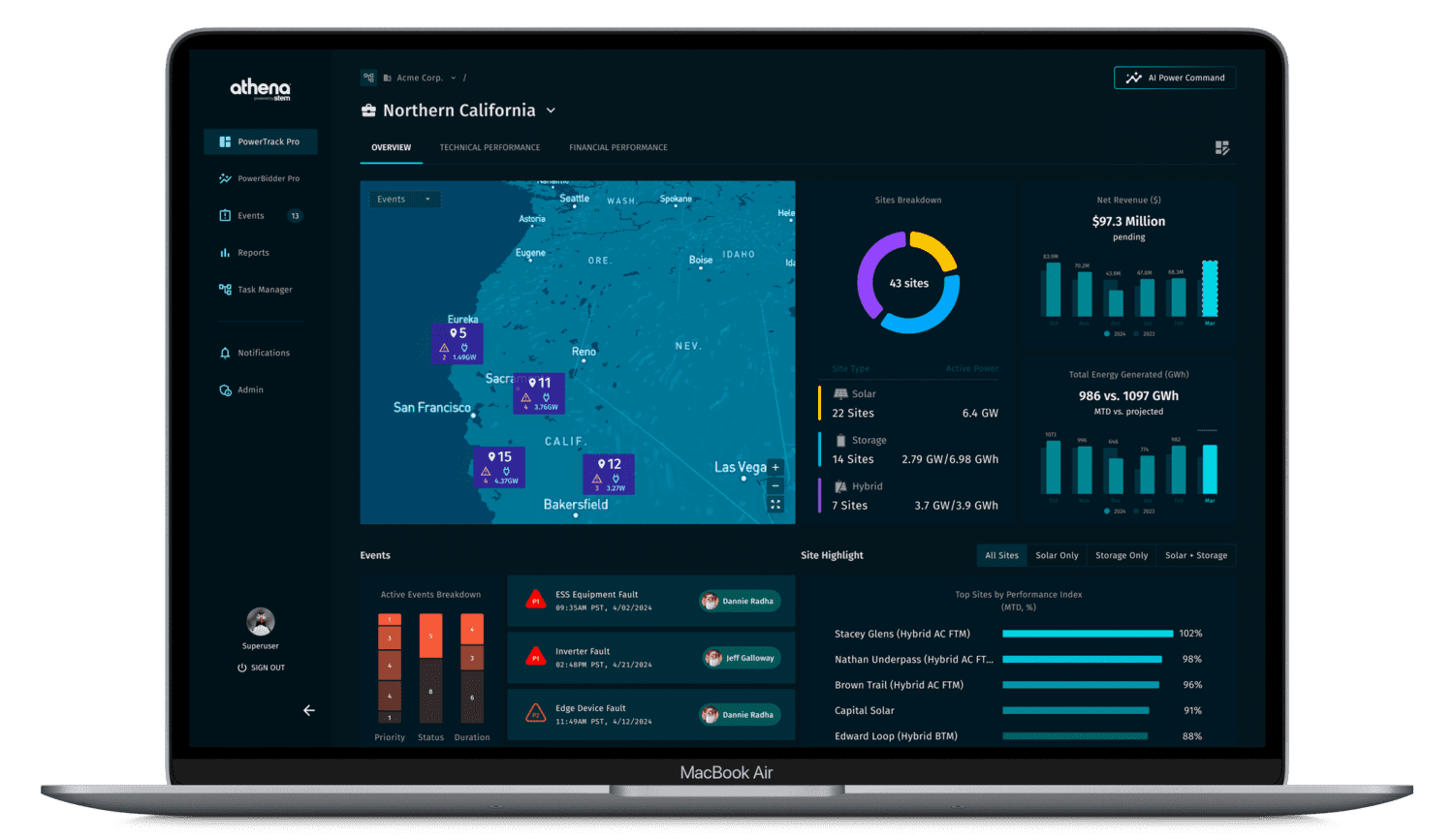
Athena®
The enterprise platform that unlocks flexibility
across the clean energy value chain
Learn how you can confidently deploy and monetize clean energy technologies at scale through an extensible platform.
Stem is a global leader in AI-enabled software and services that empower its customers to plan, deploy, and operate clean energy assets.
We offer a complete set of solutions that transform how solar and energy storage projects are developed, built, and operated, including an integrated suite of software and edge products, and full lifecycle services from a team of leading experts.
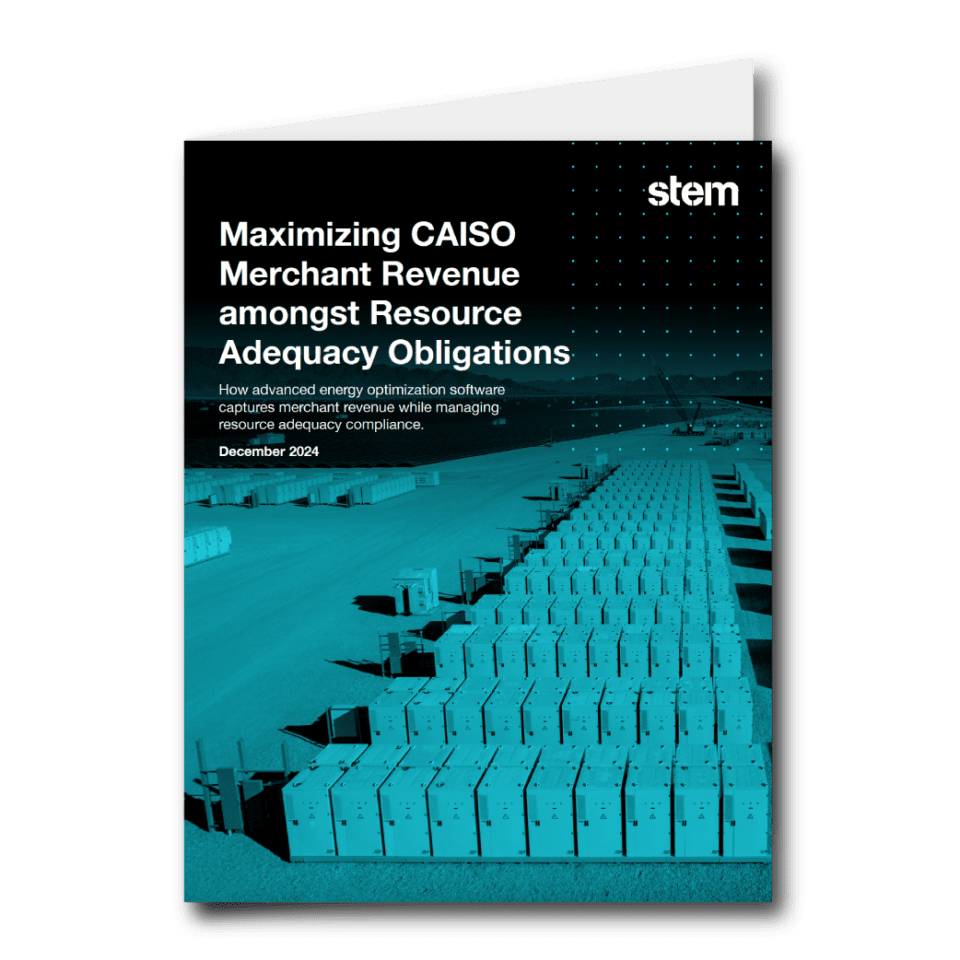
Maximizing CAISO Merchant Revenue amongst Resource Adequacy Obligations
Learn how advanced bidding optimization software can maximize revenue outcomes while concurrently managing RA bidding constraints
Stem is trusted by industry leading project developers, asset owners, utilities, and energy traders





























Become an energy optimization expert with Stem University
Our leading training platform helps you learn how to sell, model, integrate, and deploy energy storage projects with our Athena platform in the top U.S. energy markets.
Our customers are standardizing on Stem to simplify their clean energy management
See how our customers have achieved success with Stem’s exceptional service backed by the industry’s best software.